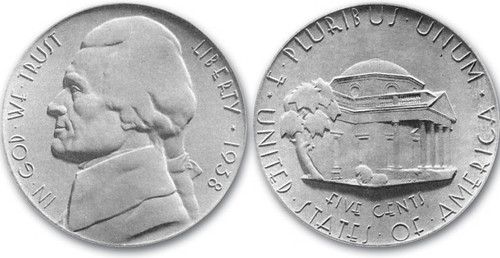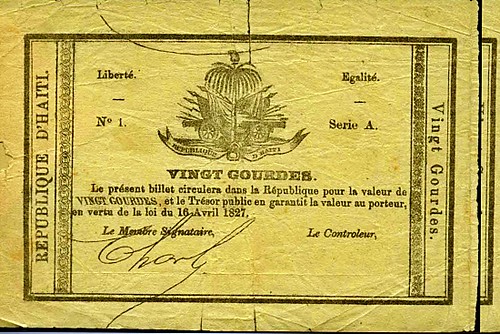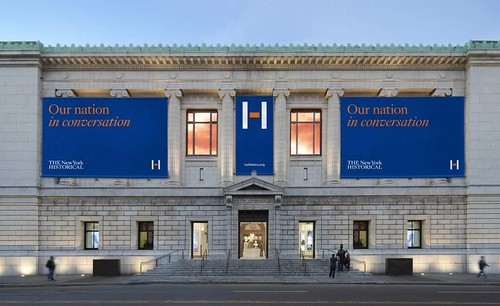
PREV ARTICLE
FULL ISSUE
PREV FULL ISSUE
LOOSE CHANGE: NOVEMBER 3, 2024Here are some additional items in the media this week that may be of interest. -Editor A Greysheet article by Mike Garofalo looks at the Jefferson Nickel series. -Editor The Buffalo Nickel was first struck in 1913, so its 25th anniversary would occur in 1938. The U.S. Mint found Fraser's popular and iconic design hard to fully strike. The San Francisco and Denver Mints especially, had a difficult time creating fully struck specimens. After 25 years without a design change, federal law permitted a new design to be created, without an act of Congress. The Coinage Act of September 26, 1890 permitted the Director of the Mint to change a coin's design, as long as it was approved by the Secretary of the Treasury. So, in 1938, the Treasury decided to hold a competition to design a new Five Cent coin, honoring the third president, Thomas Jefferson. The prize for the winning entry was $1,000.00, a substantial award in 1938. Three hundred and ninety artists and would-be coin designers entered the competition. The winner selected was a German émigré named Felix Oscar Schlag.
To read the complete article, see:
Leon Saryan passed along this Popular Science story about the recent sale of a 1975 "No S" proof dime. -Editor
The coin was made in 1975 by the US Mint in San Francisco, California shows President Franklin Delano Roosevelt and is one of only two known coins that exists without a distinctive "S" mark. The dime was sold by three anonymous sisters in Ohio who inherited the dime when their brother passed away. He had kept it stored in a bank vault for over 40 years. According to the Associated Press, the sisters told Russel that he and their mother bought the first error coin 1978 for $18,200–about $90,000 today. Their parents viewed the rare coin as a financial safety net.
To read the complete article, see:
USA Today had a nice illustration with their version of the story. -Editor
To read the complete article, see:
According to this article, the Haitian Gourde is the fifth oldest circulating currency in the world. Found via News & Notes from the Society of Paper Money Collectors (Volume X, Number 19, October 22, 2024). -Editor The Haitian Gourde (1813) is the fifth oldest circulating currency in the world. In addition to being very old, it is, along with the Dominican peso, one of only two currencies originating from the Caribbean. In first place is the oldest currency still in circulation, dating back to the Middle Ages in the 800s. This is the Pound Sterling, the official currency of the United Kingdom, the Crown Dependencies and some British Overseas Territories. The 5th oldest currency ... first circulated as Haitian currency in 1813. Before its introduction, the country used the French colonial pound. The name Gourde is French, but originates from an old Spanish currency called "gordos", a diminutive of "pesos gordos". The name evolved to the current spelling to reflect the French language. So, without peeking at the full article or asking Dr. Google, what are the other oldest circulating currencies? Where can a definitive list be found? -Editor
To read the complete article, see:
Leon Saryan passed along this History Facts article about interesting people on U.S. currency. Thanks. Here's an excerpt about Salmon Chase - see the complete article for Martha Washington, Running Antelope, Meriwether Lewis and William Clark, and more. -Editor In 1862, during the Civil War, the first $1 legal tender banknotes were issued, featuring the Treasury seal and a portrait of Treasury Secretary Salmon P. Chase (possibly as a way to advance his own political career). While serving in the role during Abraham Lincoln's administration, Chase was the architect of the national banking system, and he helped design the new paper money authorized under the National Bank Acts, which called for a system of nationally chartered banks and a uniform national currency. The same portrait of Chase that appeared on the $1 banknote was later used on the $10,000 banknote, the largest denomination ever in public circulation. Though currencies above $100 are no longer circulated, Chase National Bank, founded in 1877, was named in the former treasury secretary's honor.
To read the complete article, see:
Jesse Kraft of the American Numismatic Society is quoted in this Newsweek story about a mystery "bitcoin" left as a tip. -Editor
Reddit user u/Martoshka shared the experience on a subreddit called, "mildly infuriating," where it gained 42,000 upvotes. They explained they work in an upscale steakhouse, and the bill totaled $35. "A guy left this on the table of the restaurant I work in and left without paying," they wrote. Alongside the post, they included a photo of the coin left by the diner, which is gold with an engraved Bitcoin "B." Text around the coin reads: "Bitcoin. Digital. Decentralized. Peer to peer."
To read the complete article, see:
Is nothing sacred? After 220 years, the New-York Historical Society is trading its hyphen for a new wing and name. -Editor From our 2012 article; The placement of a hyphen between "New" and York" was common usage during our founding in 1804. Even as this custom began to abate in the decades that followed, hyphens were routinely maintained on title pages of books and mastheads of newspapers into the 1840s, while The New York Times held on to its hyphen until 1896. The organization used and has retained the hyphenated version of the city's name that was common at the time. In vigilantly fighting for its hyphen, The New-York Historical Society highlights the continuity of its role in the cultural and educational life of the city. The New-York Historical Society has secured a lead donor for its forthcoming new wing dedicated to American democracy—and is simplifying its name to become the New York Historical. The museum, founded in 1804, announced these big changes as part of its 220th anniversary celebrations, the day before it was set to host a naturalization ceremony for 75 new citizens. The $175 million construction project, which broke ground in 2021 and officially started construction a year ago, will be completed thanks to a major gift from H.M. Agnes Hsu-Tang and Oscar L. Tang. Officially dubbed the Tang Wing for American Democracy, it will open in 2026, just in time for the 250th anniversary of the signing of the Declaration of Independence and the founding of the United States of America. Gotta run - I have to pick up a few things at Wal-Mart... -Editor
To read the complete article, see:
To read the earlier E-Sylum article, see:
Our aging bibliophiles may resonate with the sentiment of this opinion piece: The Older You Get, the Less Time You Have for Bad Books. -Editor Reading a bad novel when you are approaching pensionable age... is like taking the time left available to you and setting it on fire.
To read the complete article, see:
Wayne Homren, Editor The Numismatic Bibliomania Society is a non-profit organization promoting numismatic literature. See our web site at coinbooks.org. To submit items for publication in The E-Sylum, write to the Editor at this address: whomren@gmail.com To subscribe go to: https://my.binhost.com/lists/listinfo/esylum All Rights Reserved. NBS Home Page Contact the NBS webmaster 
|






